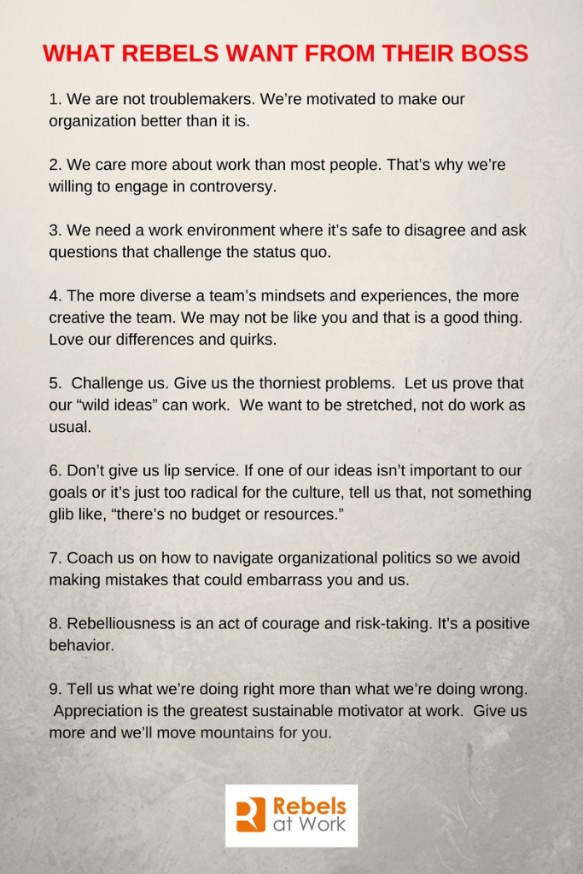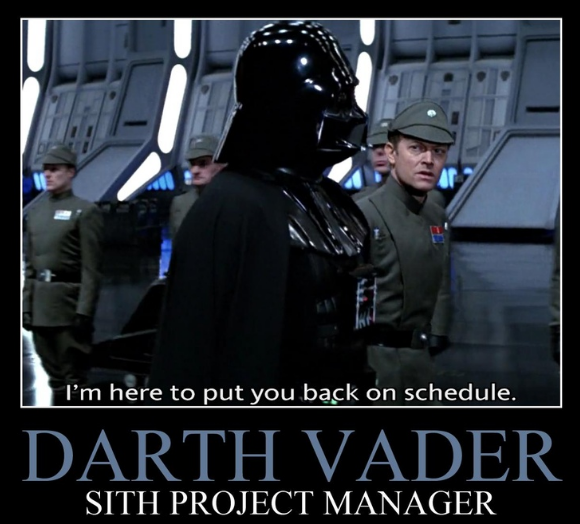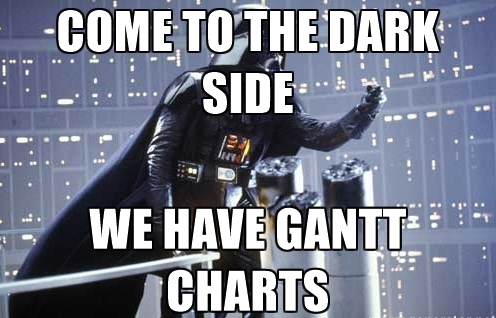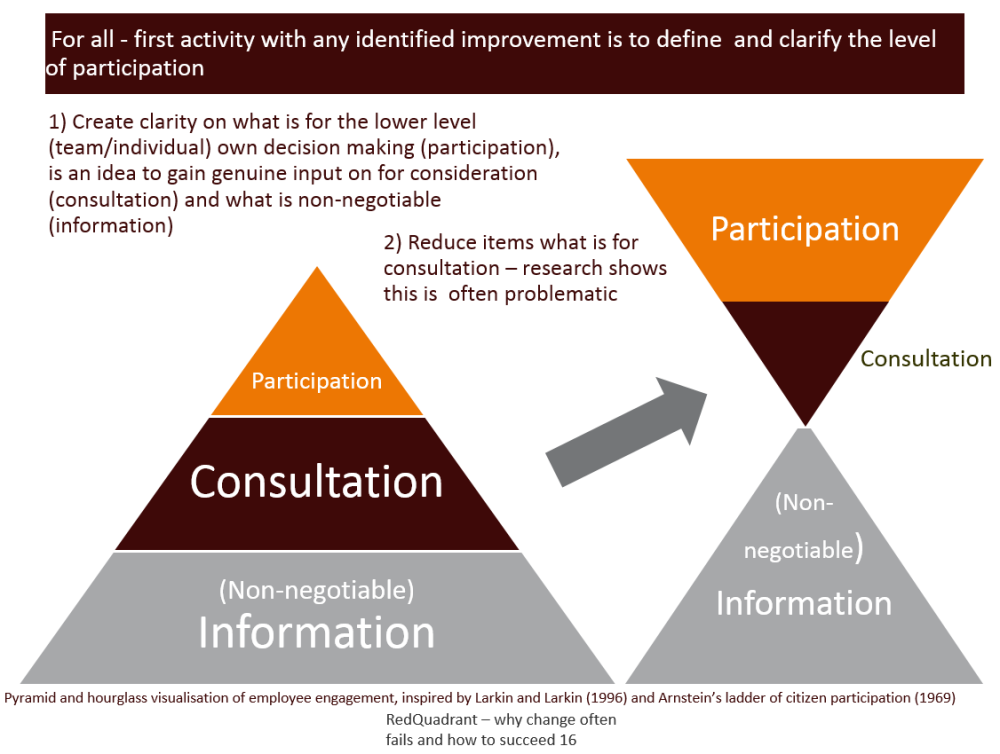Rebel Rebel, How Could They Know?
I like to consider myself a rebel. I think like a rebel and I have always admired mavericks who try to make a positive difference. At my desk I have a poster of the Apple ‘Think Different’ quote that begins “here’s to the crazy ones…”, I have attending the School for Health & Care Radicals (now simply called the School for Change Agents) and I have read ‘Mavericks at Work‘. I spend my days championing change and encouraging people to challenge the status quo. I have been doing this for years.
So imagine my surprise when I completed one of those personality indicator type tests as part of a team building event and it suggested:
- I tend to steer clear of risks
- I avoid controversy
- I fear change
- I am motivated by stability
Pardon my language but what absolute bollocks!
Maybe I answered the generic questions with a specific agenda in mind. Maybe my responses should not be used to make sweeping generalisations about me. Maybe I didn’t embrace the spirit of being put into a psycho-babble box by someone from HR. Maybe my answers were contrived and I tried to break the system. Or maybe I should read the small print before answering next time.
My problem is that now my team of fellow change professionals (and my boss) may question am I the right person for the job? Am I appropriate to lead a change function? Maybe be the result of my ‘profiling’ shows that I am the ultimate rebel?
If my team want to understand my requirements of the team, they simply need to read this fantastic poster from @RebelsatWork.

But be care not every one approves of rebels…








